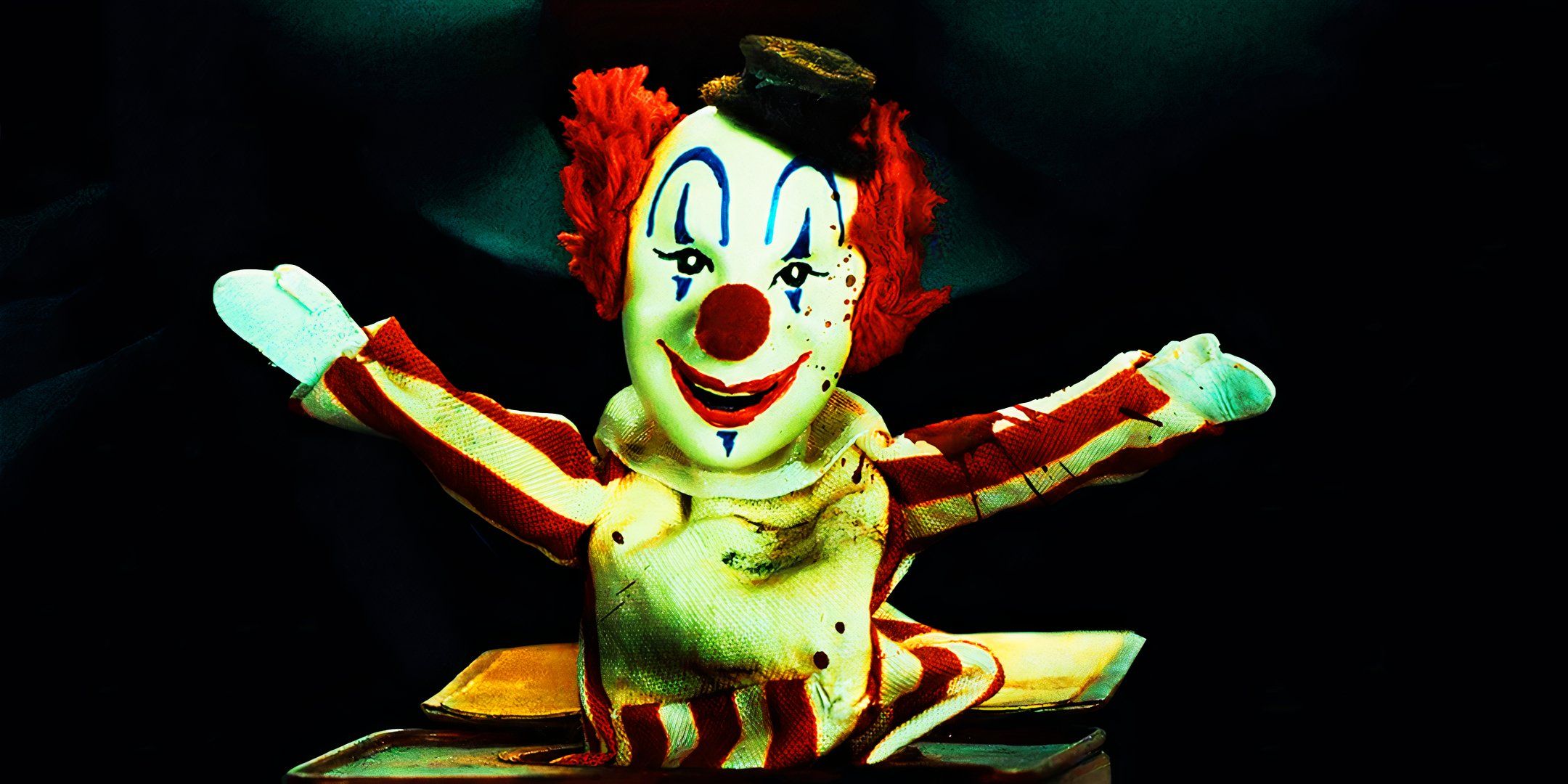
The upcoming movie “Clown in a Cornfield” playing now in theaters is an entertaining take on the classic slasher novel, but it has some unique alterations during its adaptation. Originating from Adam Cesare’s book with the same title, “Clown in a Cornfield” revolves around the teenagers of a quaint Missouri town who become victims of a sinister killer masquerading as their hometown mascot – a clown known as Frendo. However, it turns out that the horror goes beyond a single murderer since several adults from the town are linked to the plot.
In both the novel and movie adaptation of “Clown in a Cornfield,” the fundamental storyline remains consistent, as four characters manage to elude the Frendo killers and slay numerous ones during their escape. However, the intricacies of the tale and the background stories of several minor characters undergo alterations and streamlining during the transformation from book to screen. Here are some of the most significant differences between the narrative structure of “Clown in a Cornfield” in its written and cinematic forms.
7. Ronnie & Matt Don’t Betray The Teenagers In The Movie
The Two Teens Are Victims Instead Of Villains In The Film

In the transition from the “Clown in a Cornfield” book to its movie adaptation, there’s a significant shift in the roles of characters Ronnie and Matt within the narrative. In both versions, these two are part of the group that Quinn connects with in Kettle Springs, and they collaborate on creating short films depicting Frendo as a terrifying figure. However, in the movie, Matt and Ronnie become victims of the Frendo massacre, whereas in the book, they were actually part of the plan.
In the book, Ronnie and Matt strike a deal with the town’s adults for protection after the massacre of their peers. They attempt to falsely accuse Quinn as one of the perpetrators, but this leads to a confrontation where both Matt and Ronnie lose their lives. In the movie, Matt meets his end at the hands of Frendo, who beheads him, while Ronnie falls in the cornfield after being slain by Frendo’s chainsaw. By doing so, these characters remain likable to viewers and avoid overshadowing the climax.
6. Dr. Maybrook Helps Save Cole In The Film
Glenn Maybrook Is More Active In Clown In A Cornfield’s Cinematic Version
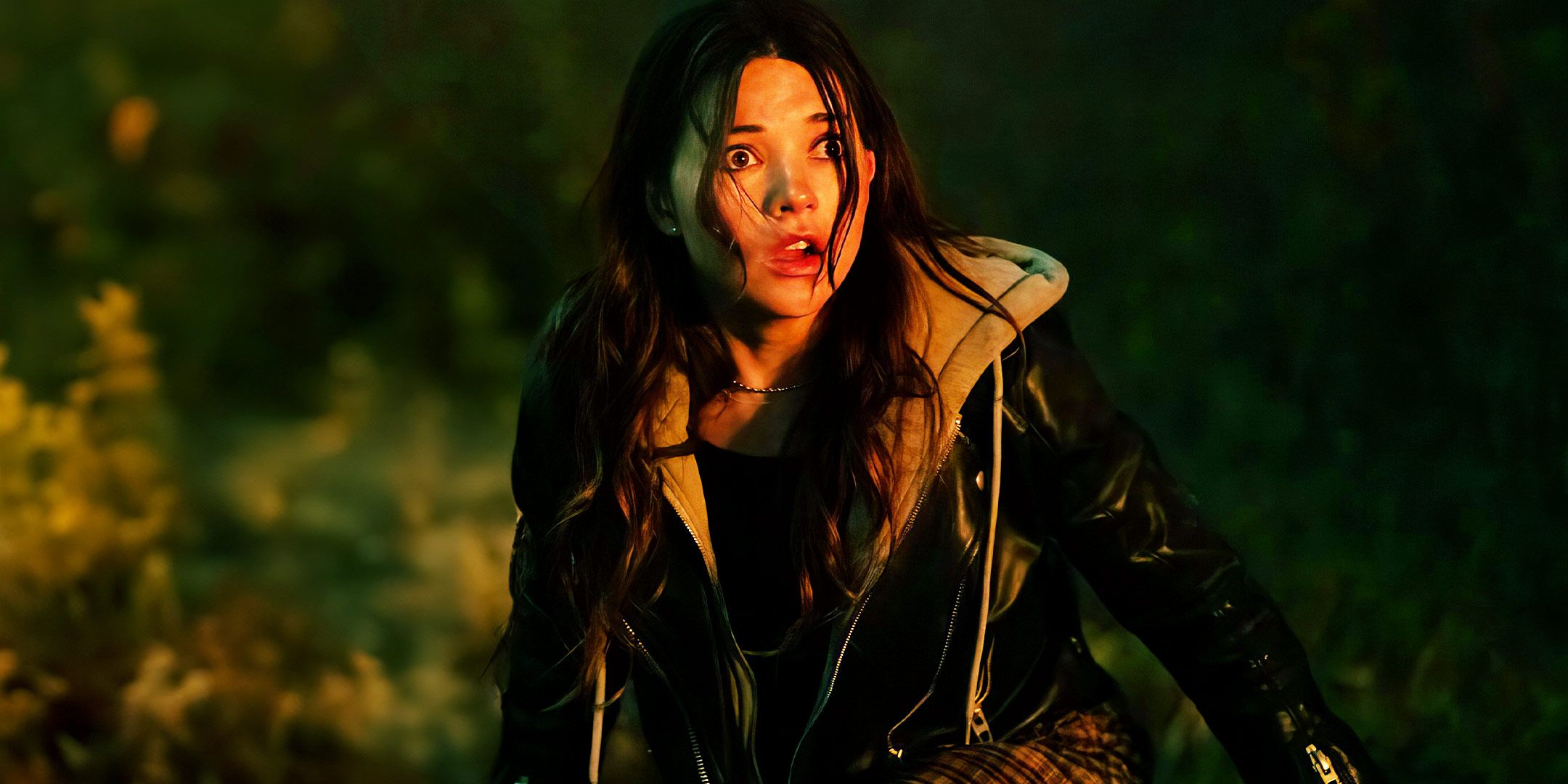
In both adaptations of “Clown in a Cornfield,” Glenn Maybrook, Quinn’s father, is a significant secondary character. Following the tragic overdose death of his wife, they relocate to the town of Kettle Springs. In the movie’s climax, Glenn assumes a more pivotal role, even going so far as to slay a Frendo and hasten towards the final showdown. In the film, Glenn rams his car into the barn where the Frendos intended to murder Quinn and Cole, thereby eliminating two of them. This action also allows Cole, who was previously hanging from a noose, a place to stand.
In the story, a car crashes into the scene, serving as a platform for Cole, but it’s Rust who is behind the wheel. Interestingly, Rust makes a surprising entrance near the end of the movie, although this revelation is delayed until the final moments of the sequence. This timing adds a touch of heroism to Rust’s grand finale and makes his passionate kiss with Cole more poignant. On the other hand, the film’s adjustment enables Glenn to take a more prominent role in the climax, thus enhancing the conclusion of Glenn and Quinn’s storyline.
5. Trudy Isn’t The Frendo Who Loses Their Hand To Rust In The Movie
Trudy Suffers A More Sudden Death In The Film
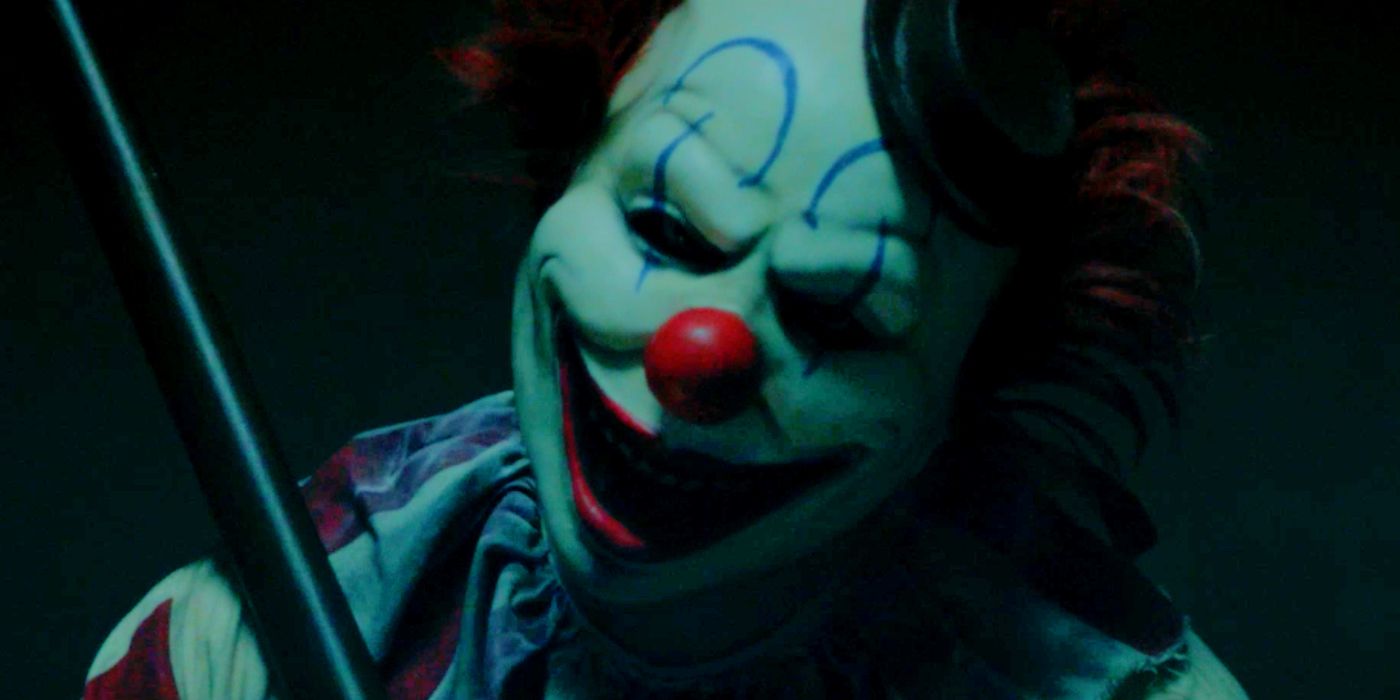
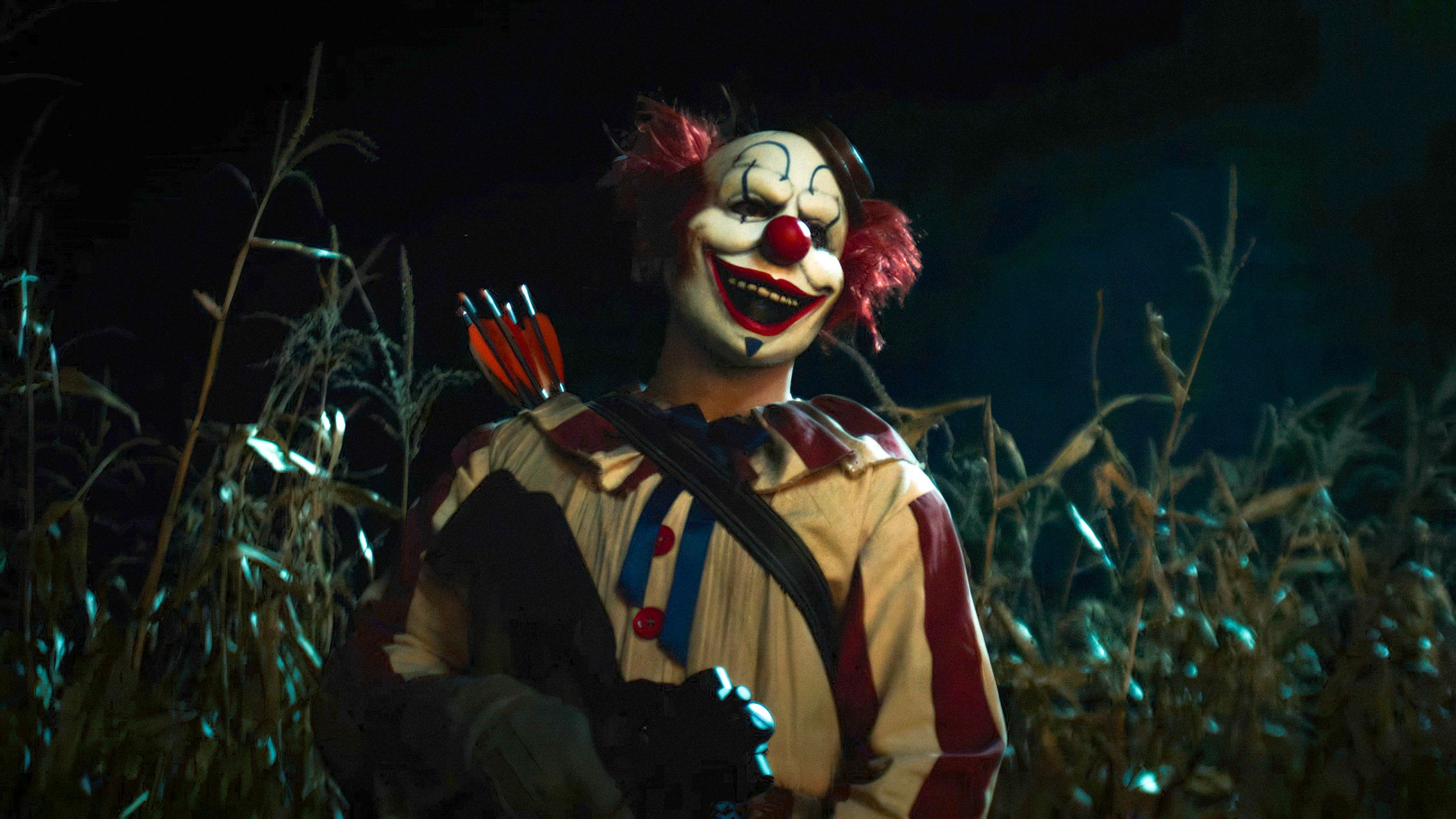
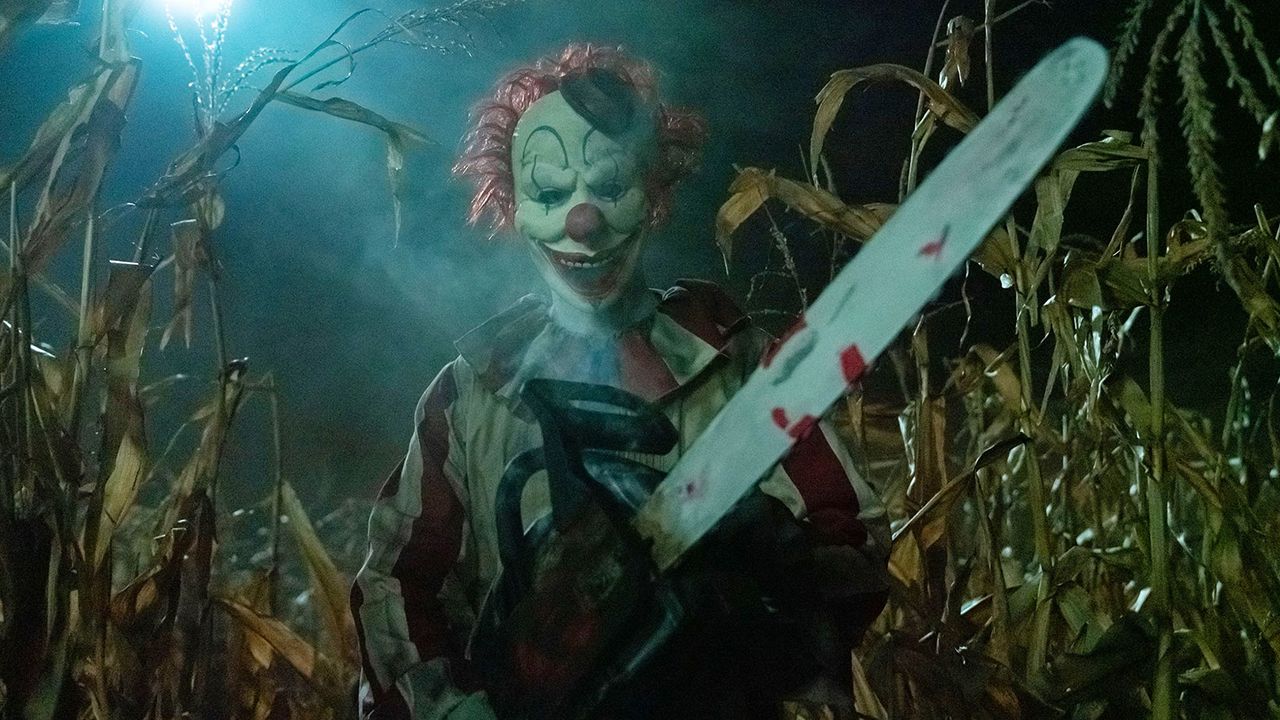
In the narrative of “Clown in a Cornfield”, Glenn finds himself deeply entwined following his abduction by the Frendos, who compel him to perform surgery on one of them after they lose a hand to Rust. However, it’s not the same character who undergoes this ordeal in both versions. In the book, it turns out that the Frendo Glenn is operating on is Trudy, a waitress from a local diner. She succumbs to her injuries, much like her nameless counterpart in the movie. Interestingly, Glenn ends up killing another Frendo in the novel, an act he doesn’t carry out in the book.
In the movie adaptation of “Clown in a Cornfield,” Trudy remains part of the plot but meets her end differently than in the book. Instead of being killed by a shotgun blast, she’s tragically killed during the climax when Glenn drives into the scene to save the day. The ensuing chaos of the crash causes her vehicle to impale her, leading to an untimely and dramatic death.
4. Janet Is A More Important Character In The Book
The Book Gives Janet More Character Depth (But Kills Her Off Earlier In The Story)
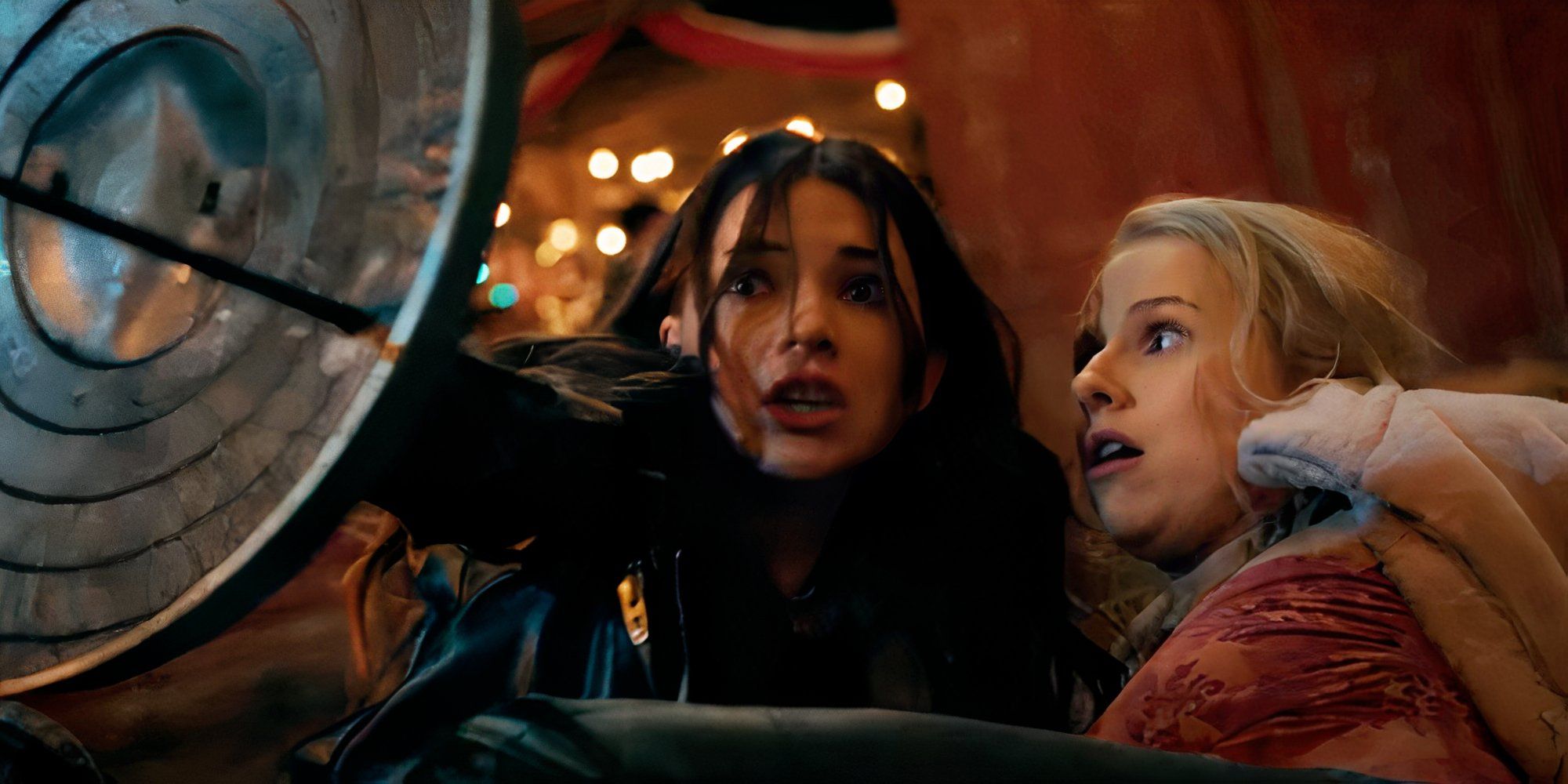
In the movie, Janet plays the lead role among the teenage group and unfortunately meets her demise last of all. As she navigates through the cornfield with Quinn, she encounters a tragic end when a Frendo impales her on a pitchfork. On the other hand, Quinn, who is more of a humorous character in the film, undergoes a deeper character exploration in the original novel.
In the novel, the character named Janet, who is depicted as having Asian-American heritage, is later discovered to have relocated to Kettle Springs during her youth and encountered bigotry from the traditional townsfolk. Unlike in the movie, where Quinn dies comically by being beheaded with a chainsaw, she meets a more heroic end in the story – her last action involves warning her fellow students that there is more than one murderer, giving them enough time to escape and potentially survive. This transformation provides Quinn with a noble departure instead of the morbid humor associated with her death in the film, where she curses Quinn on her dying breath.
3. Cole Actually Started The Fire In The Book
The Cole Of The Film Is More Sympathetic
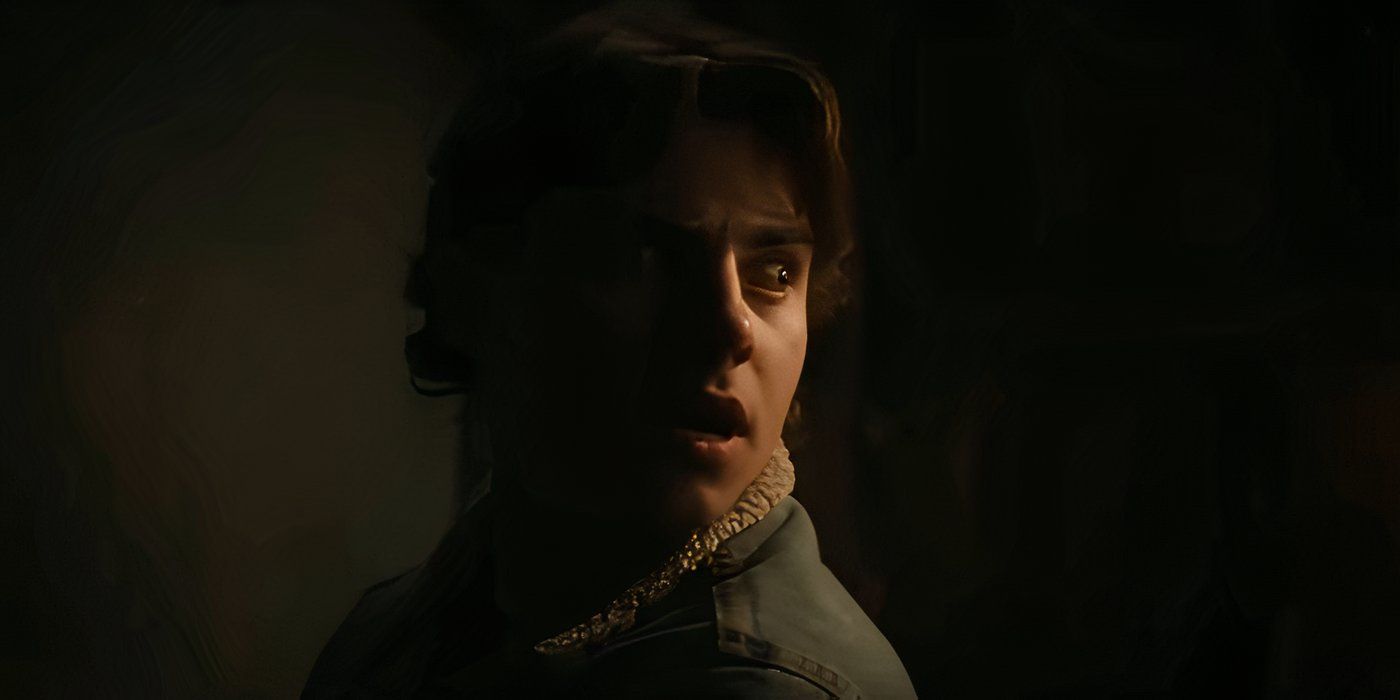
In the chilling horror film “Clown in a Cornfield”, I found myself questioning the actions of our protagonist, Cole, and his companions. You see, they’ve earned quite the unwanted notoriety among the townsfolk due to suspicions that their mischief led to a factory fire. Officially, it was deemed a case of faulty wiring, but whispers persist that Cole was responsible. However, as the tension reaches its peak, a shocking truth is unveiled: It wasn’t Cole who ignited the flames, but his father, Arthur, in a twisted scheme to claim insurance money by framing his own son.
In this twist, it becomes clear that Arthur’s actions are indeed darker, effectively clearing Cole of any responsibility or blame related to the fire and its consequences on the town. This contrasts with the book version, where Cole himself was responsible for starting the factory fire during a party prior to the storyline’s commencement, casting him in a less sympathetic light. However, the movie adaptation takes a different approach, portraying Cole as a more innocent and kind-hearted character instead.
2. Sheriff Dunne Is More Involved In The Plot
Dunne Is A Less Overtly Political Parody In The Movie
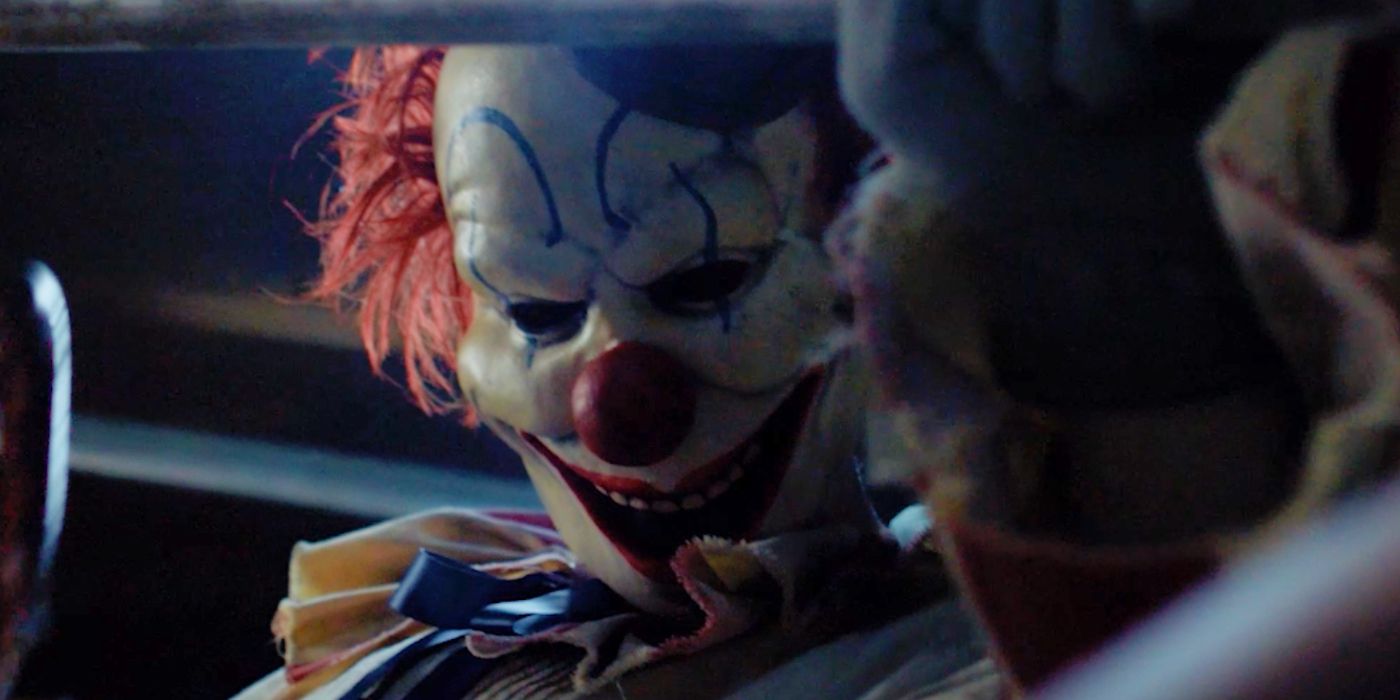
Sheriff Dunne plays a significant role in the Frendo scheme, acting as their primary enforcer under the orders of Arthur Hill. In the movie, he appears as the formidable adversary that Quinn must outsmart. Her strategy involves tricking him into a trap, and eventually, she neutralizes him using a cattle prod in the climax. In essence, Dunne is a substantial antagonist in the original “Clown in a Cornfield,” but his character holds more weight in the overall storyline.
In the novel, there’s a greater focus on Dunne and the community, which provides a clearer depiction of his critical nature and tendency to accuse the town’s youngsters of all its issues. Additionally, Dunne emerges as a more explicitly political figure in the story, openly discussing his intentions to revitalize “Kettle Springs” akin to Donald Trump’s MAGA (Make America Great Again) campaign. By eliminating these aspects, Dunne transforms into a simpler antagonist for Quinn to vanquish at the end, as she opts to shoot him instead of using a cattle prod – a change from the movie.
1. A Major Conspirator In The Frendo Plot Is Missing From The Movie
Alec Murray Is An Important Minor Villain In The Book
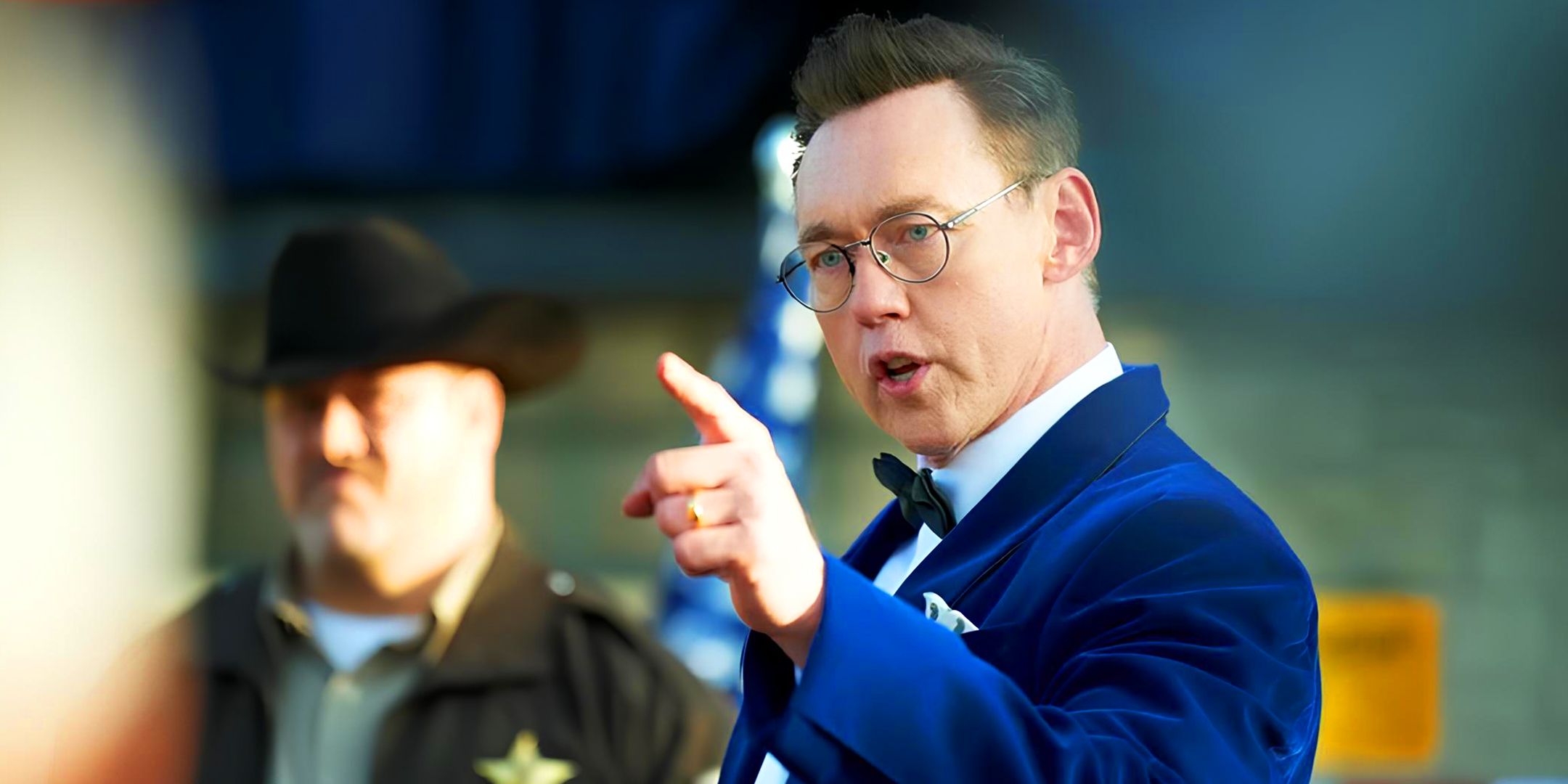
In the storyline of Fendo, many adults from Kettle Spring appear to be implicated, giving the narrative a somber backdrop of intergenerational conflicts. Yet, the book broadens its perspective, delving into other significant players within the conspiracy. Among these key figures is Alec Murray, who stands out as one of the more individualized members of this sinister group. As Janet’s stepfather, he is portrayed as a ruthless participant in the plot to eliminate the town’s teenagers, and there seems to be an unsettling delight in his eyes when contemplating the deaths of both Janet and Cole.
In the story, Alec is one of the characters who features prominently towards the end but tragically has both his legs broken by Rust as he tries to protect Cole. Despite his attempt to kill Cole before succumbing to his injuries, Rust ends his life with a shotgun blast. Interestingly, in the adaptation of the story, Alec is significantly altered or even omitted entirely, leaving room for him to be reimagined and potentially included in a follow-up movie based on the cinematic interpretation of Clown in a Cornfield.
Read More
- Clash Royale Best Boss Bandit Champion decks
- RAVEN2 redeem codes and how to use them (October 2025)
- Kingdom Rush Battles Tower Tier List
- Delta Force Best Settings and Sensitivity Guide
- Clash Royale Furnace Evolution best decks guide
- Cookie Run: Kingdom Boss Rush Season 2-2 Guide and Tips
- eFootball 2026 Master League: Structure, Features, Release, and more
- Vampire’s Fall 2 redeem codes and how to use them (June 2025)
- Ninja Arashi 2 Shadow’s Return expands the hit ARPG sequel with more content, ahead of Ninja Arashi 3’s launch later this year
- Kingdom Rush Battles Hero Tier List
2025-05-10 02:52